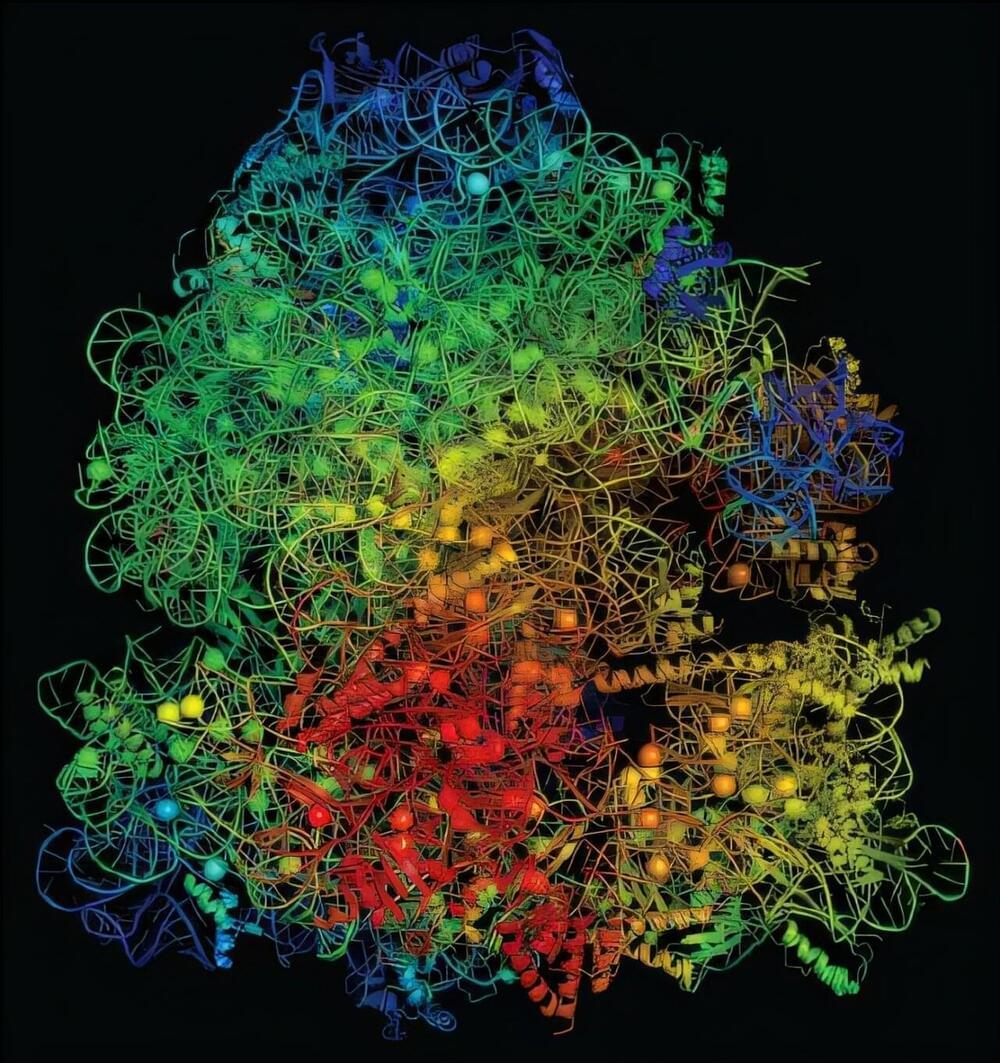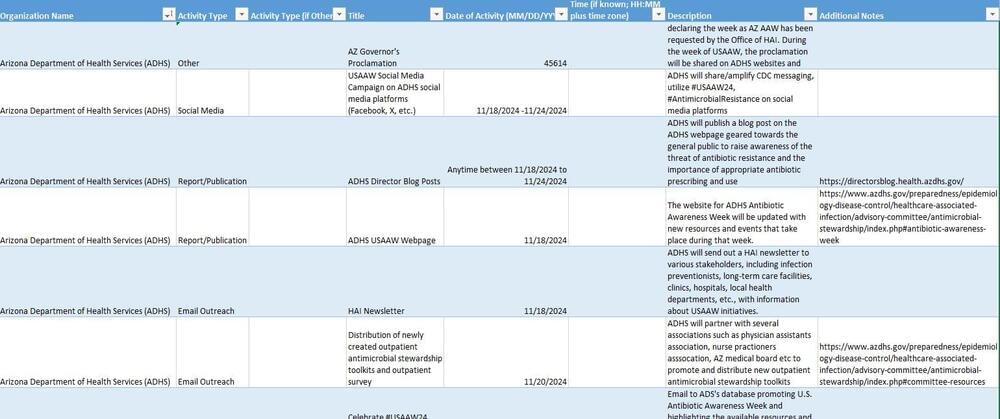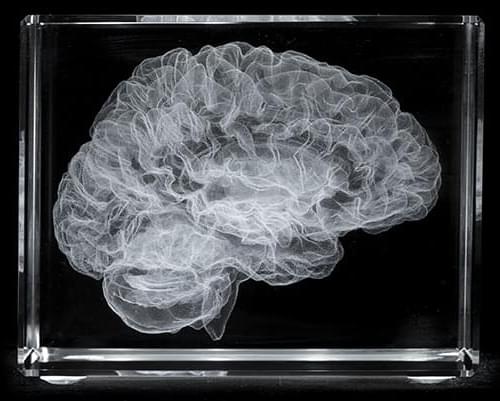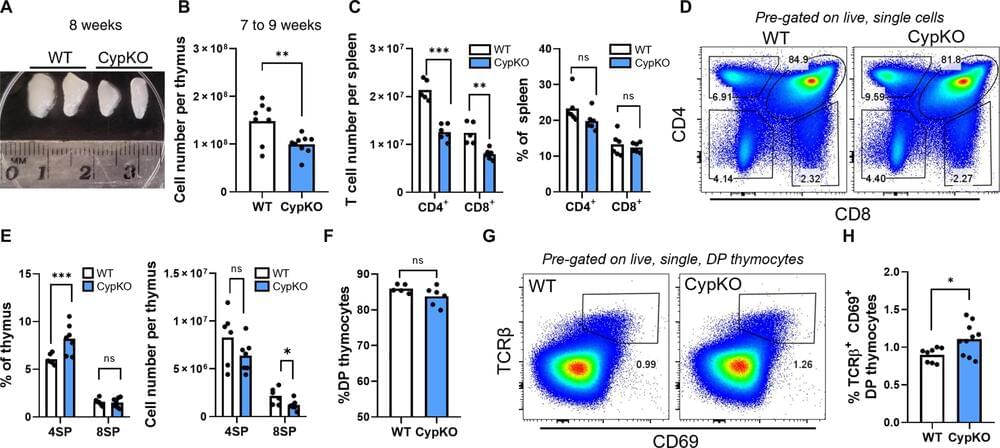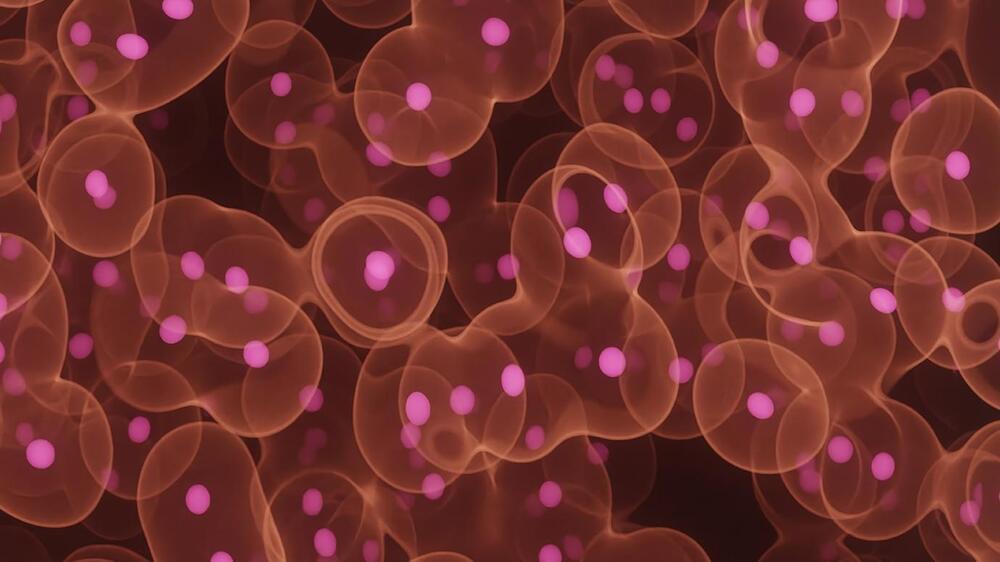Summary: A deep learning AI model developed by researchers significantly accelerates the detection of pathology in animal and human tissue images, surpassing human accuracy in some cases. This AI, trained on high-resolution images from past studies, quickly identifies signs of diseases like cancer that typically take hours for pathologists to detect.
By analyzing gigapixel images with advanced neural networks, the model achieves results in weeks instead of months, revolutionizing research and diagnostic processes. The tool is already aiding disease research in animals and holds transformative potential for human medical diagnostics, particularly for cancer and gene-related illnesses.


